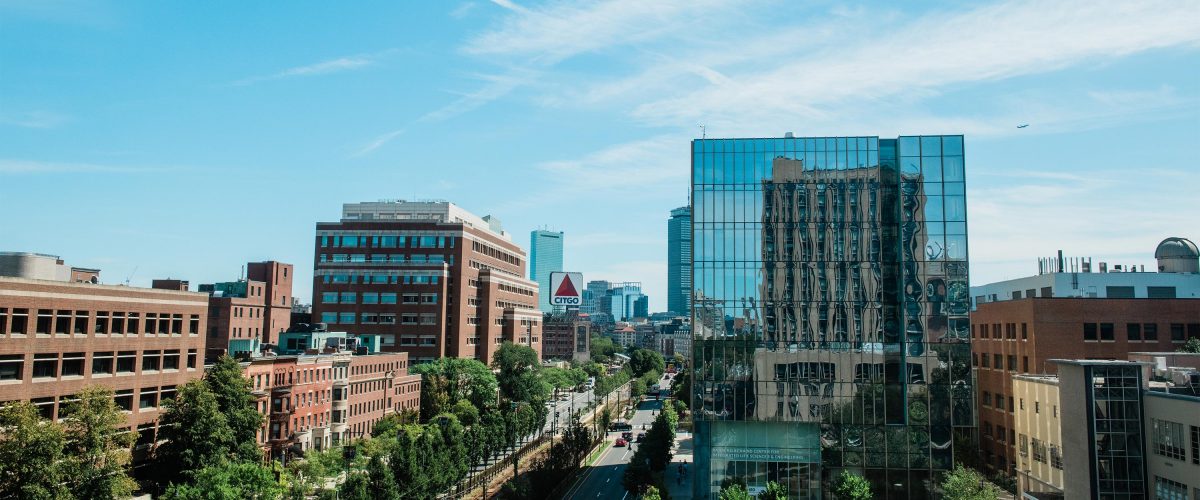- Starts: 10:00 am on Monday, April 1, 2024
Title: “Deployable AI for Solving Inverse Problems in Physics and Biomedical Imaging Applications”
Advisory Committee: Michael Economo, PhD – BME (Chair) Matthew S. Rosen, PhD – MGH Athinoula A. Martinos Center for Biomedical Imaging, HMS Radiology (Co-Advisor) David Boas, PhD – BME, ECE (Co-Advisor) Ashok Cutkosky, PhD – ECE, CS, SE Bruce R. Rosen, MD, PhD – MGH Athinoula A. Martinos Center for Biomedical Imaging, HMS Radiology
Abstract: Accurate image reconstruction is fundamental to medical imaging diagnostics, involving the transformation of data from the sensor domain to the image domain by solving an inverse problem. In Magnetic Resonance Imaging (MRI), measurements are acquired in the k-space spatial frequency domain, and the inverse Fourier Transform is applied to reconstruct the image for diagnosis. However, exact solutions to the inverse problem using analytical models are often not possible. Partial measurements are often acquired to decrease scanning time, resulting in ill-posed inverse problems that necessitate a series of signal processing steps for optimal reconstructions. Supervised deep learning approaches have been explored for solving such inverse problems, including image reconstruction. While deep learning can tackle these challenges in a single reconstruction step, training deployable models can be challenging due to encountering unseen data distributions that deviate from the training data in real-world scenarios.
In this dissertation, we first investigate the impact of complex input data design, data augmentations, adversarial noise, and hallucinations on reconstruction accuracy and robustness of deep learning-based image reconstruction methods. We illustrate how the complex input data design and architectural modifications can notably enhance performance accuracy. We showcase the emergence of artifacts when training lacks proper data augmentations such as multiple field-of-views in the dataset. Additionally, we study the effectiveness of deep learning when exposed to Gaussian versus engineered adversarial noise, proposing a technique to adapt the numerical properties of the training dataset for resilience against adversarial noise. Finally, we investigate the occurrence of hallucinations on undersampled out-of-distribution (OOD) data reconstructions and propose a method for quantifying and mitigating them through domain adaptation techniques.
Due to encountering OOD data in real-world settings, it is essential to assess whether a given input falls within the training data distribution, in-distribution (ID), particularly when reconstructing medical images for diagnostic purposes. We propose a single model variance method based on the local Lipschitz metric to distinguish OOD images from ID. Our method achieves an impressive area under the curve of 99.94% for True Positive Rate versus False Positive Rate. Empirically, we demonstrate a very strong relationship between the local Lipschitz value and mean absolute error (MAE), supported by a high Spearman's rank correlation coefficient of 0.8475. Through selective prediction, we demonstrate a method to determine the local Lipschitz threshold for uncertainty as it relates to optimal model performance. Our study was validated using the AUTOMAP architecture for sensor-to-image domain MRI reconstruction. We compare our proposed approach with baseline methods: Monte-Carlo dropout and deep ensembles. Furthermore, we showcase the versatility of our approach to other architectures and learned functions, including the UNET architecture for MRI denoising and Computed Tomography (CT) sparse-to-full view reconstruction applications.
Lastly, we expand the field of deep learning to solve inverse problems to Nitrogen-vacancy (NV) center diamond magnetometry, a quantum sensing technique that measures the magnetic field produced by circuits using the NV center optical defect. We designed a MAGnetic Inverse Calculation UNET (MAGIC-UNET) to reconstruct current density images using magnetic fields as input by solving the inverse Biot-Savart law and compared it to the analytical Fourier Method. We find that the deep learning solution using the MAGIC-UNET has greater accuracy on simulated and NV-diamond magnetometry experimental data compared to the analytical Fourier Method. It also significantly reduces the magnetometer collection time due to requiring fewer signal averages. These results expand the application scope of NV-diamond magnetometry to weak current sources and the use of DL to solve inverse problems to the quantum sensor domain.
- Location:
- 665 Commonwealth Ave, room 1101 (CDS)
